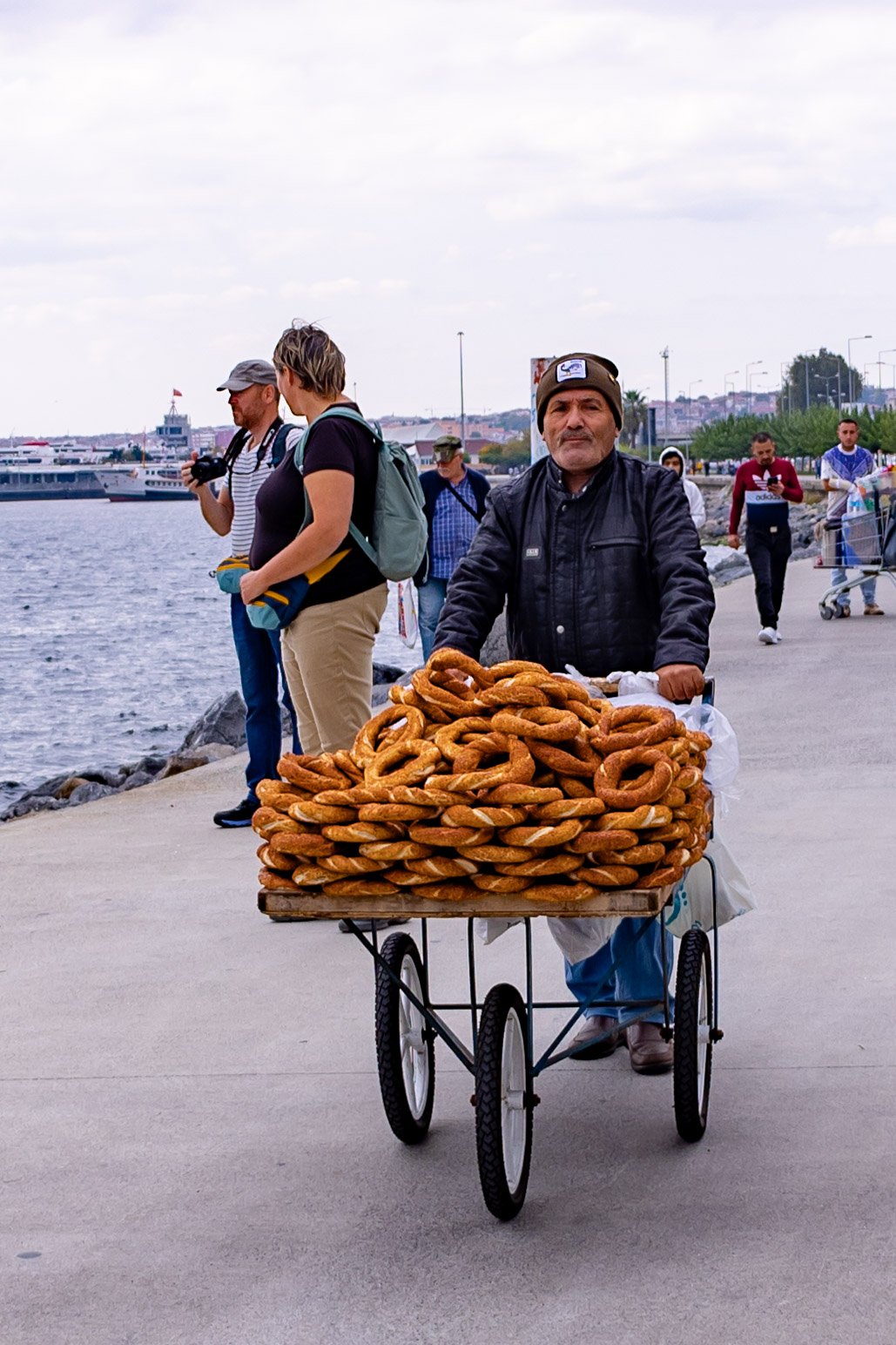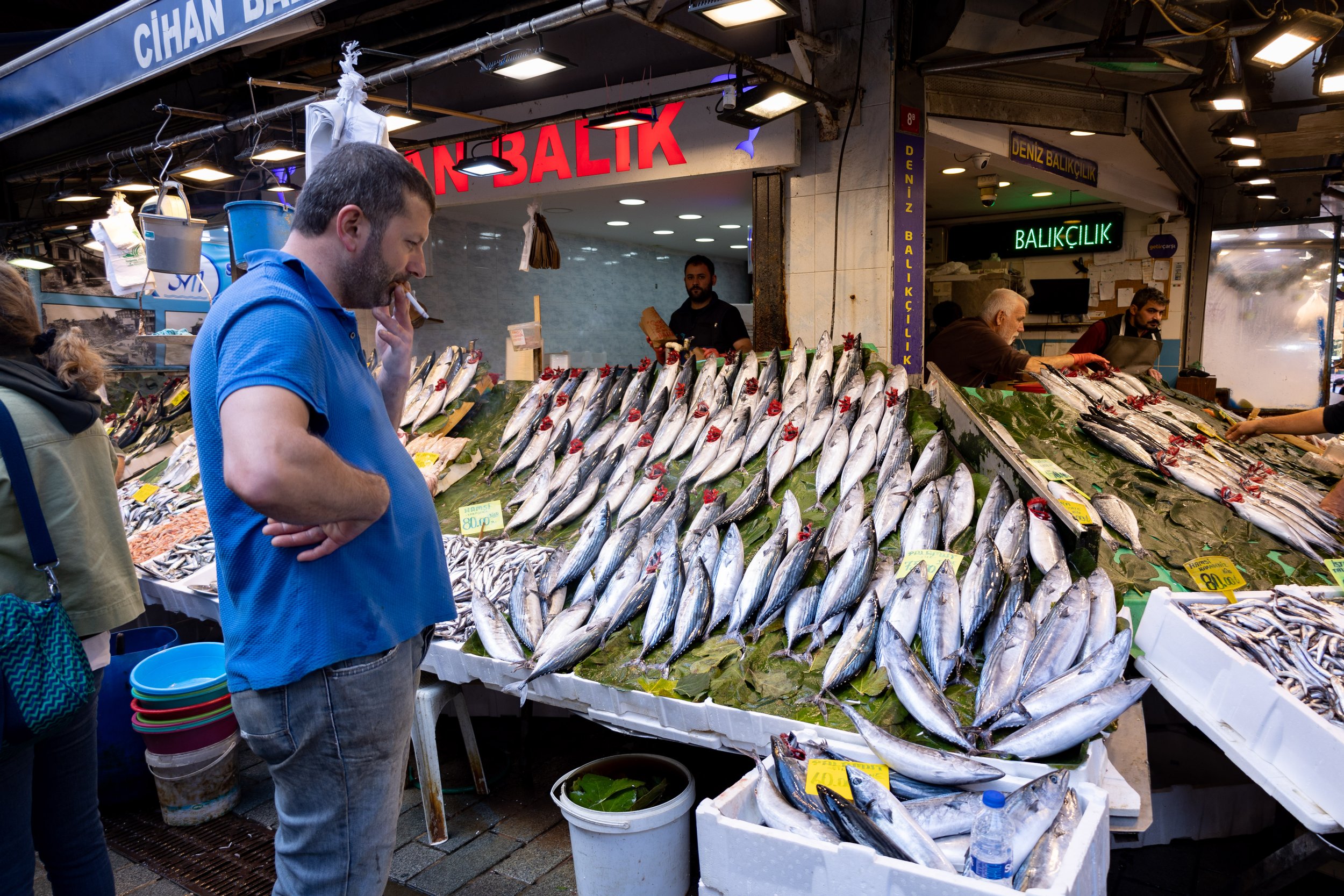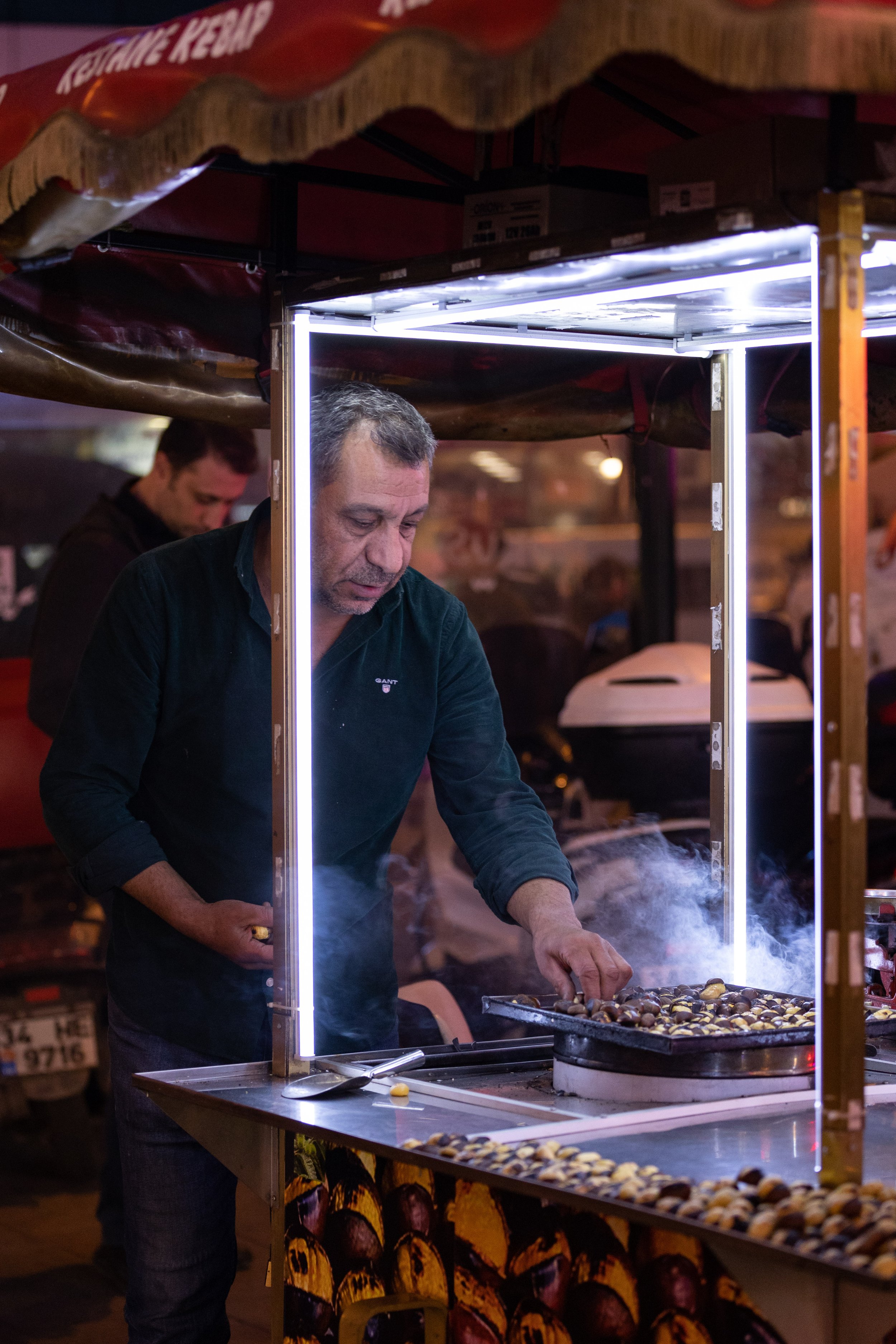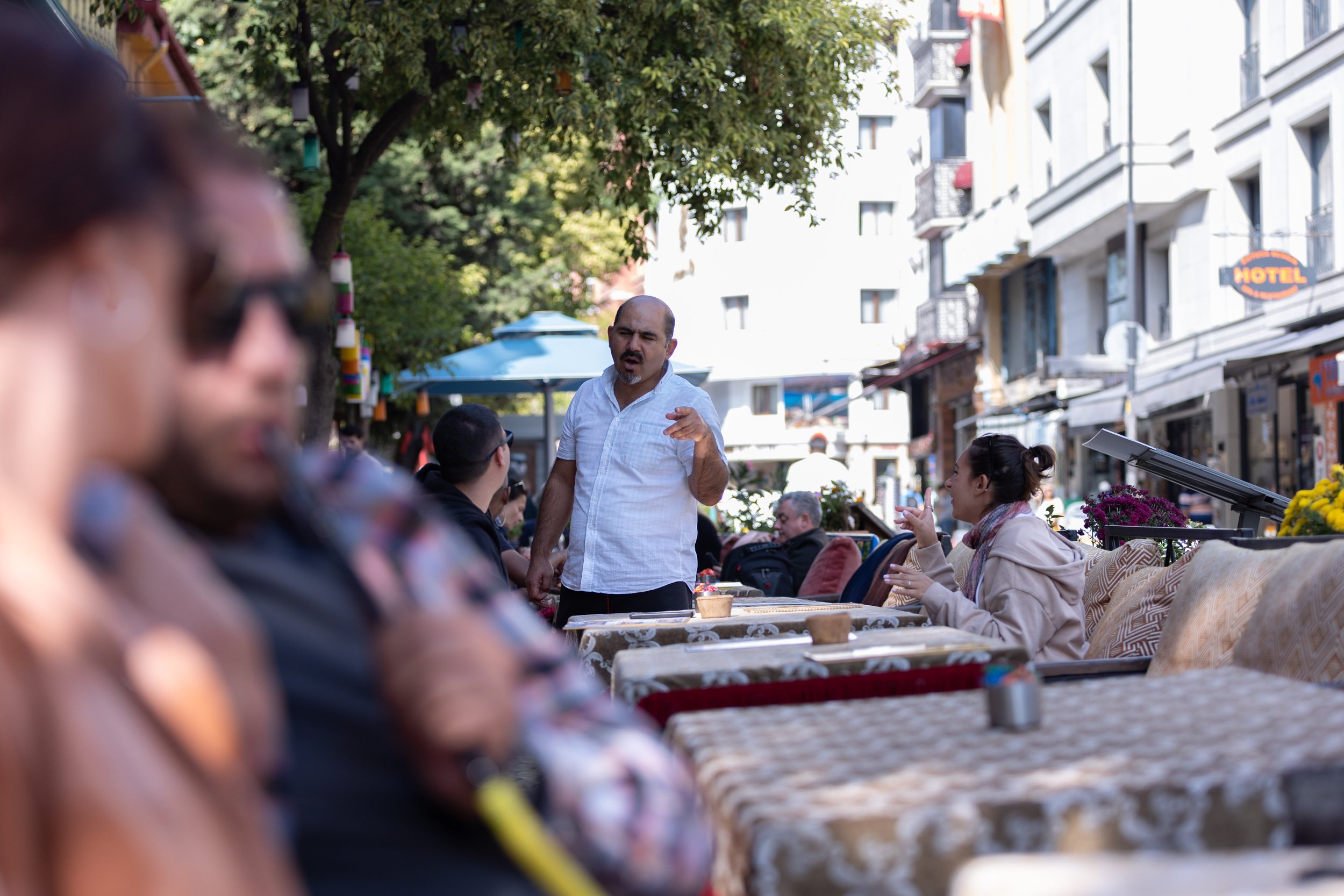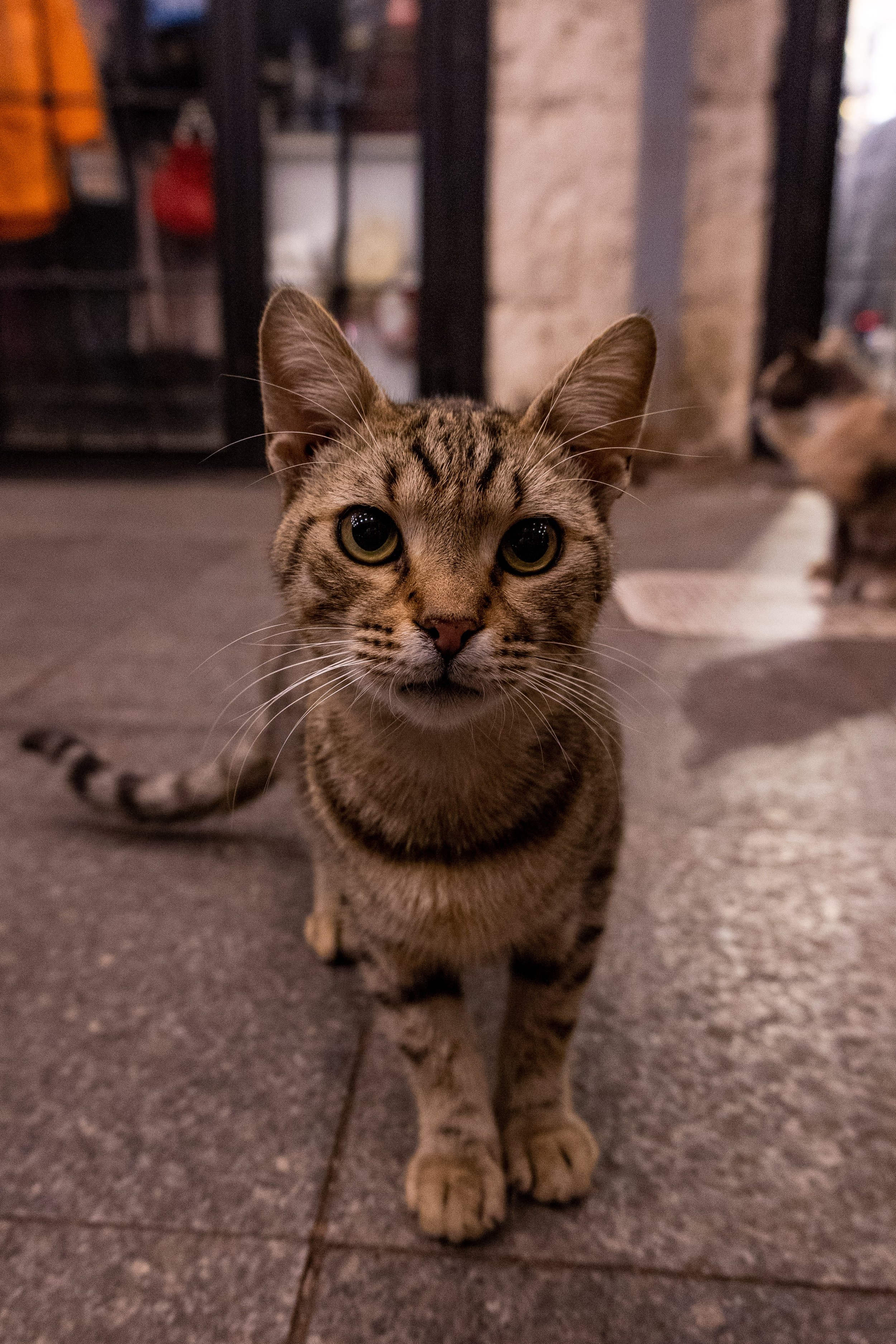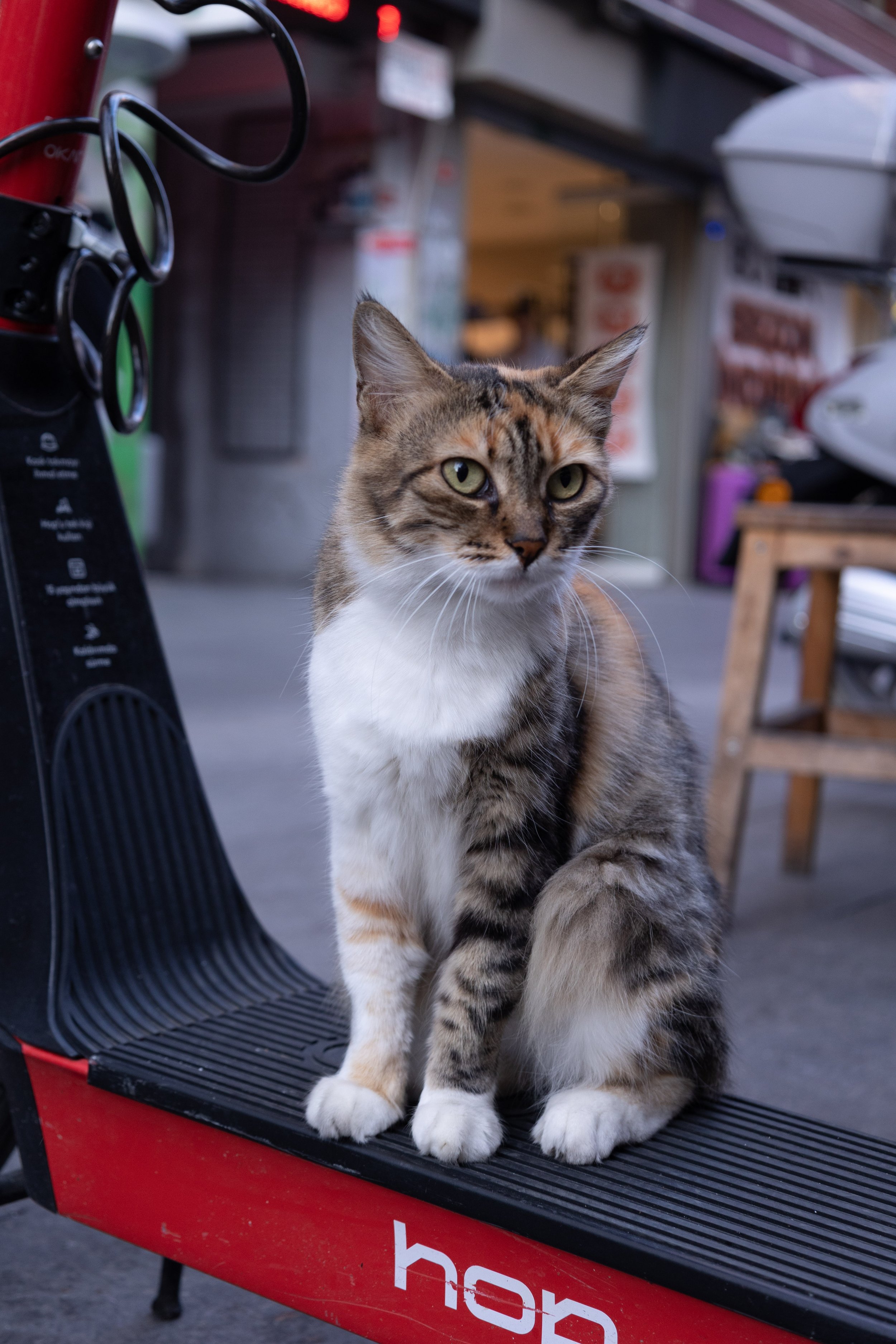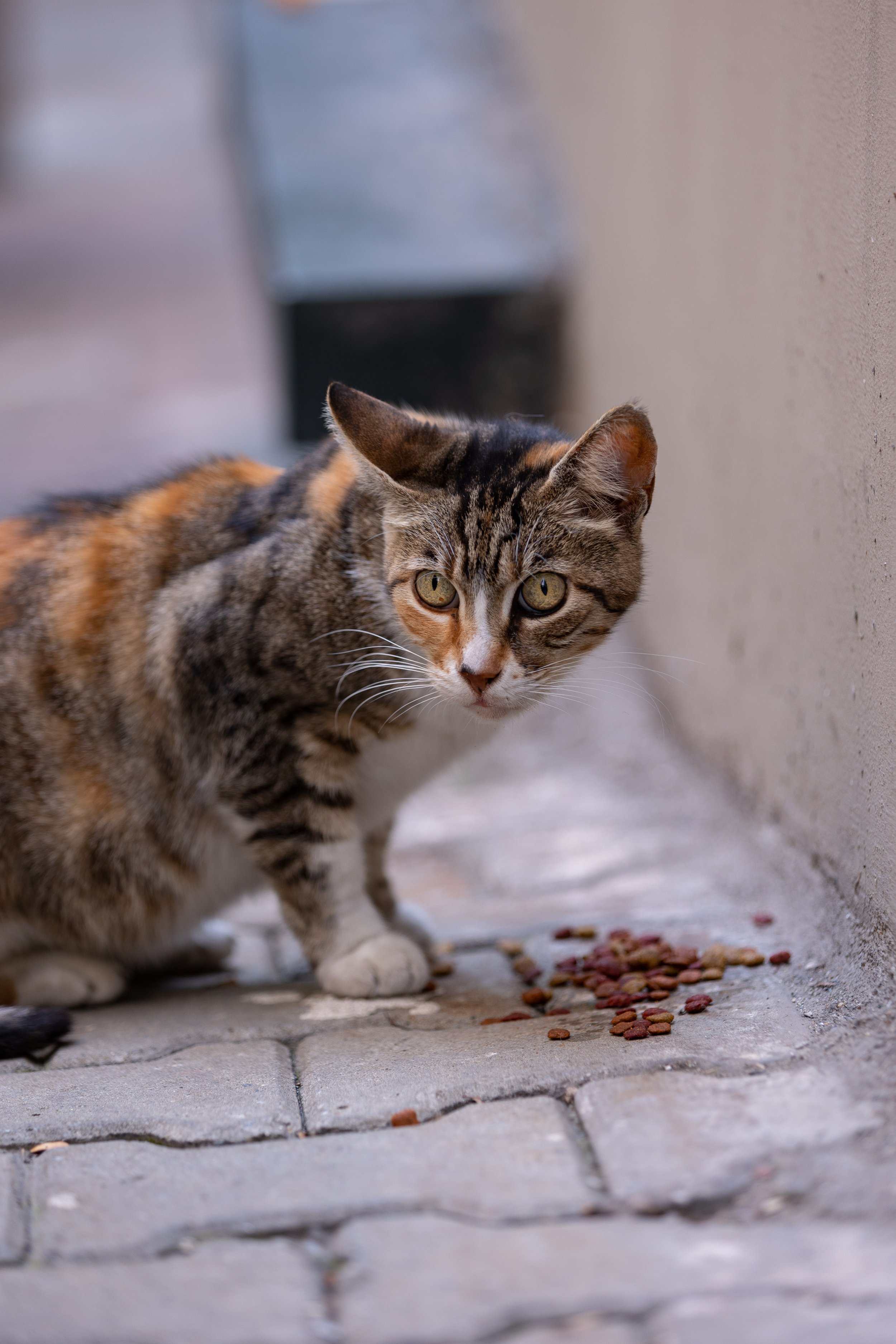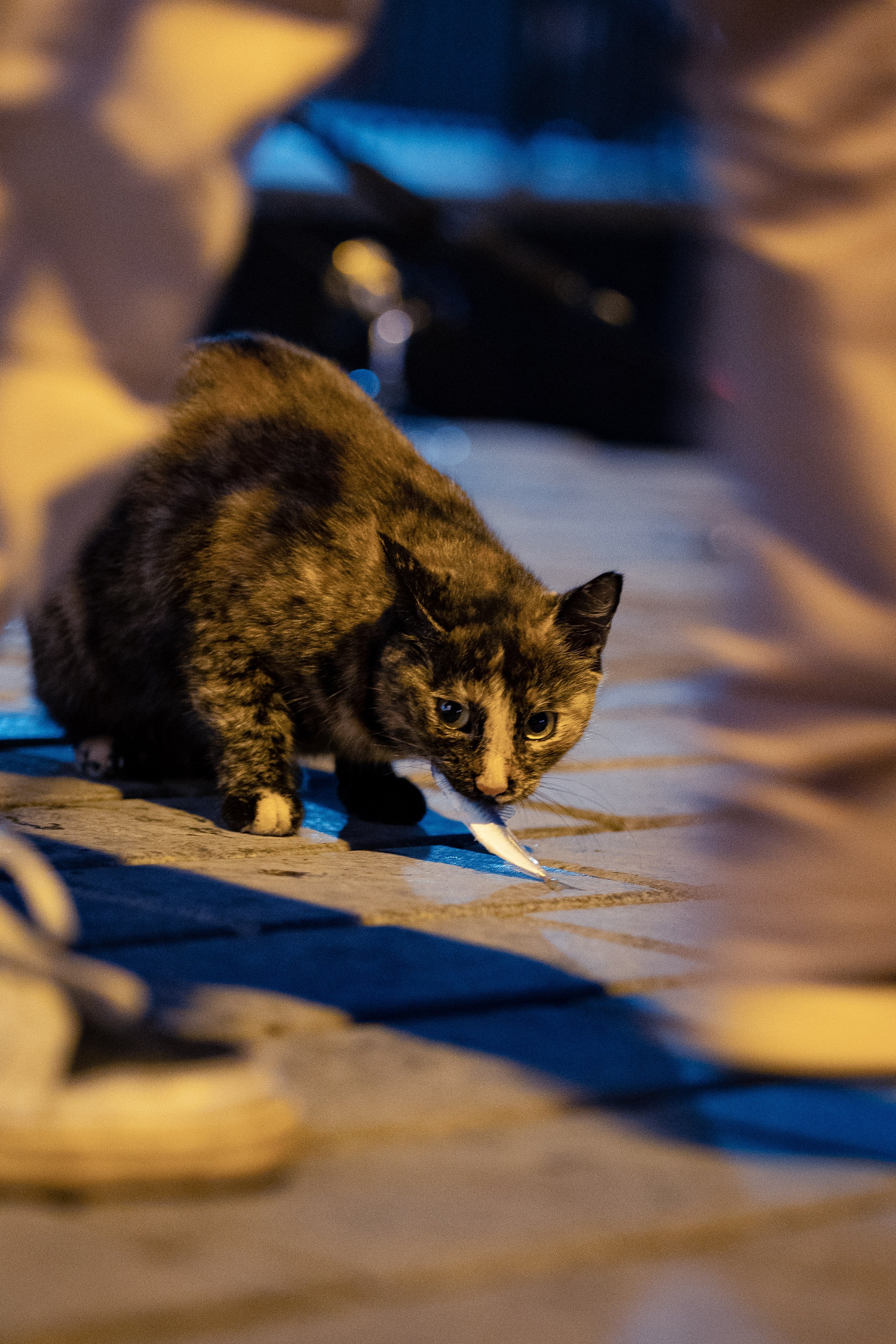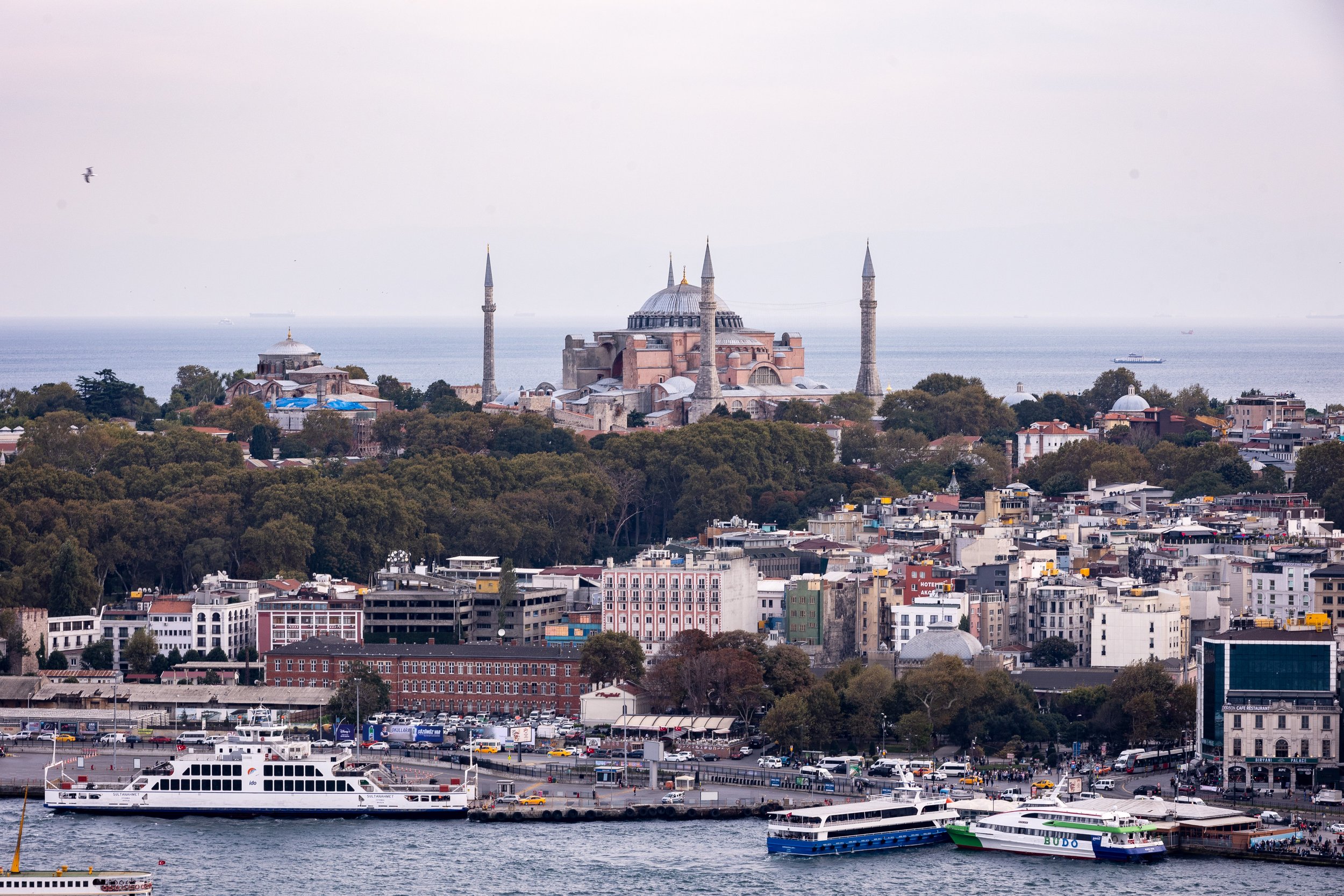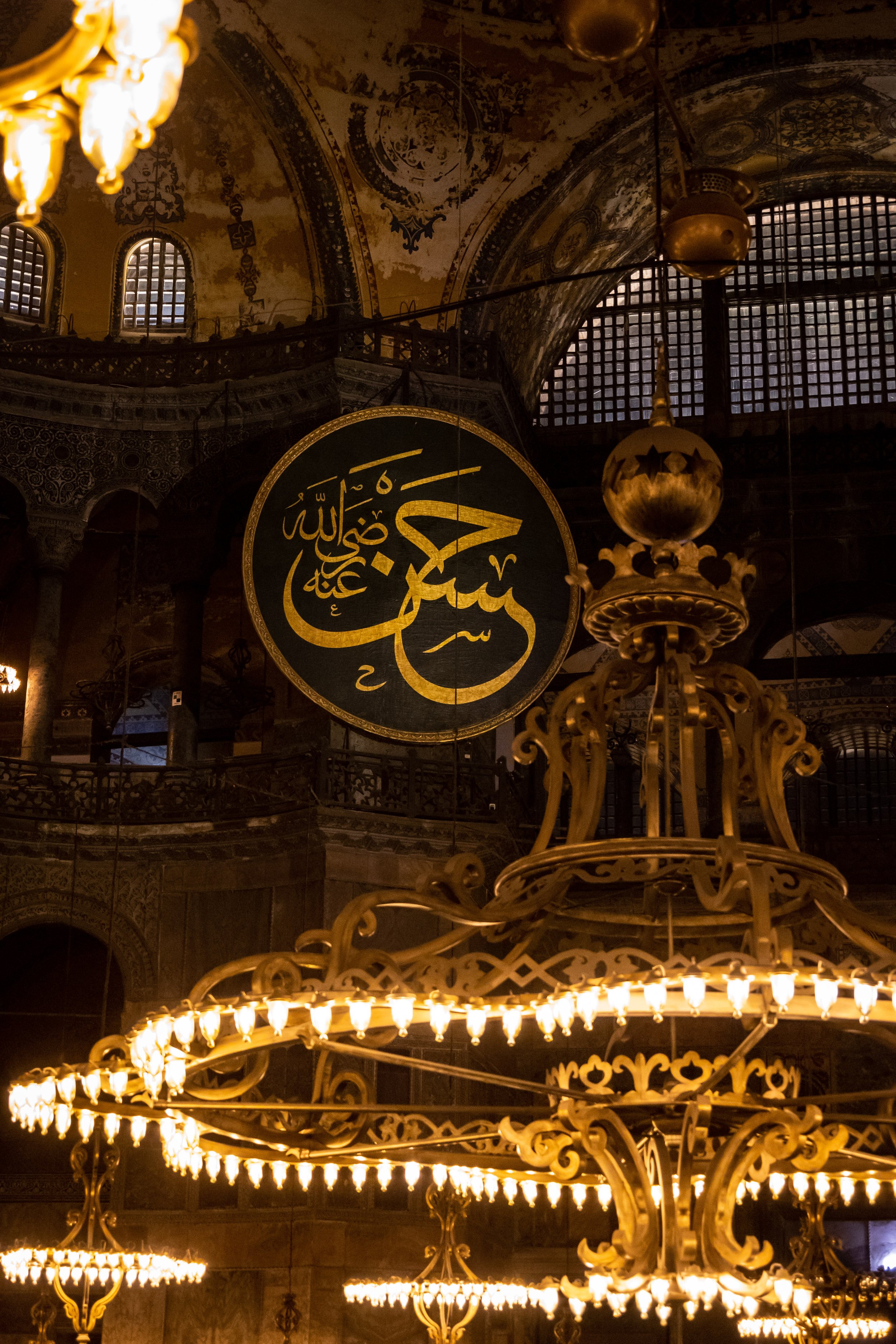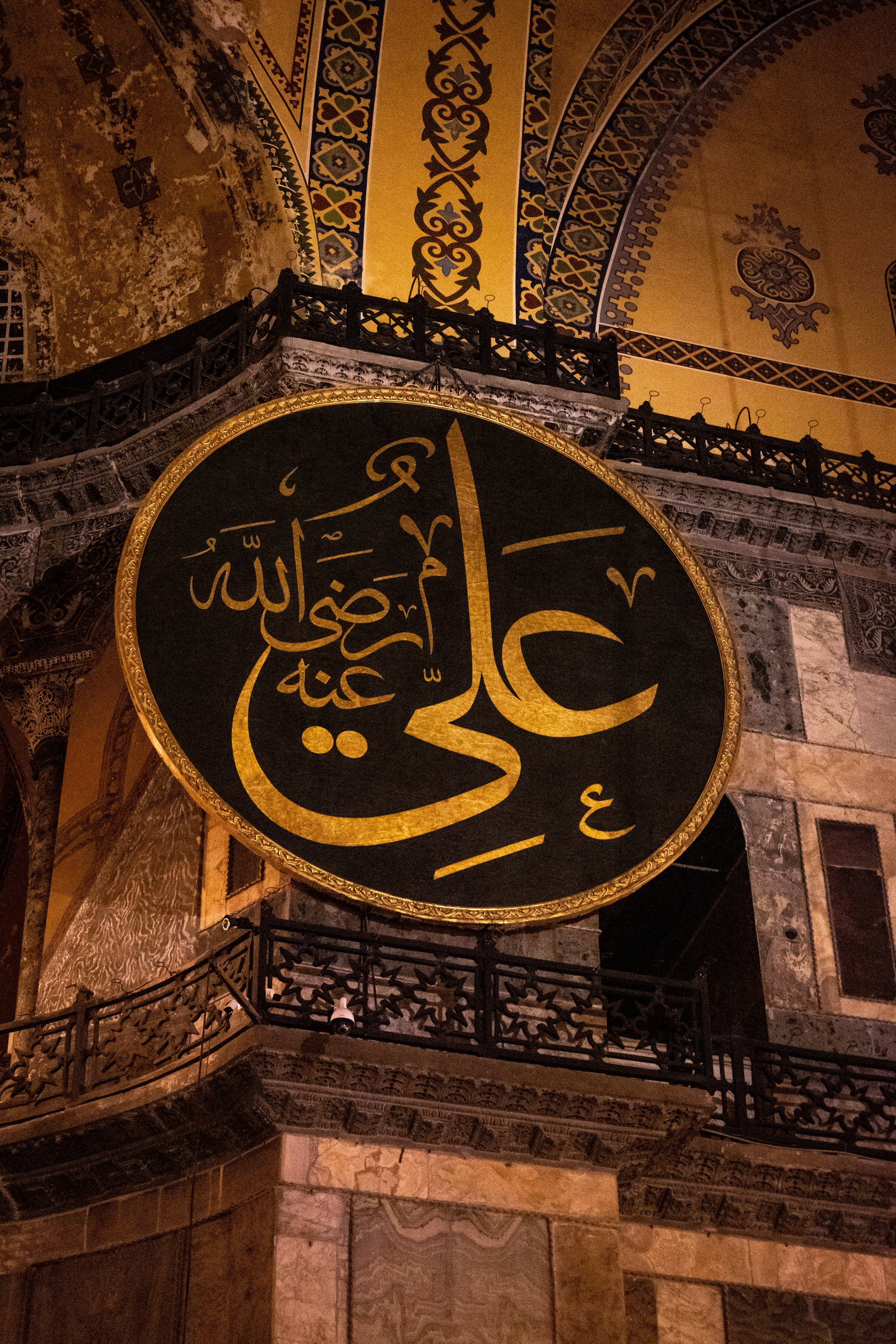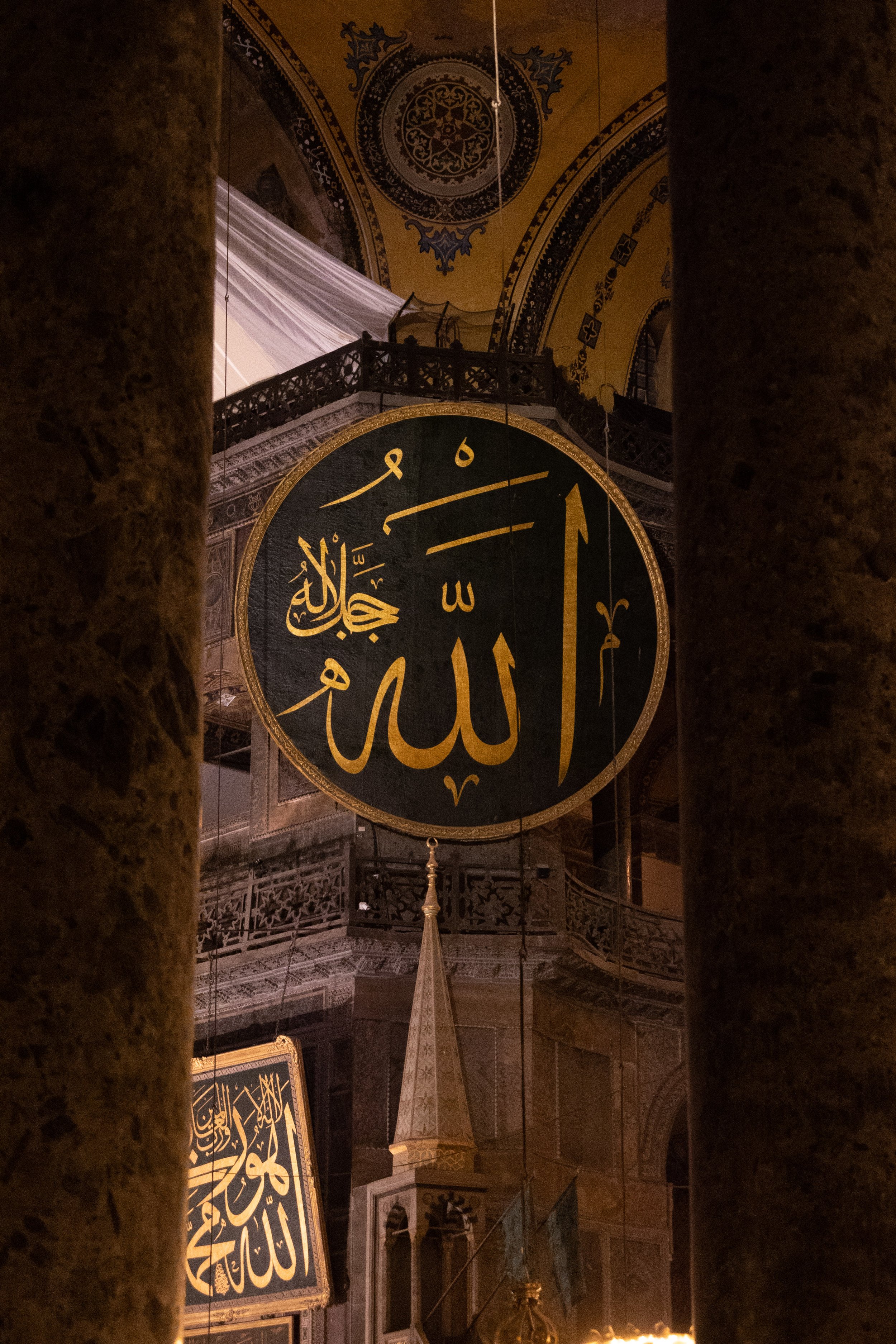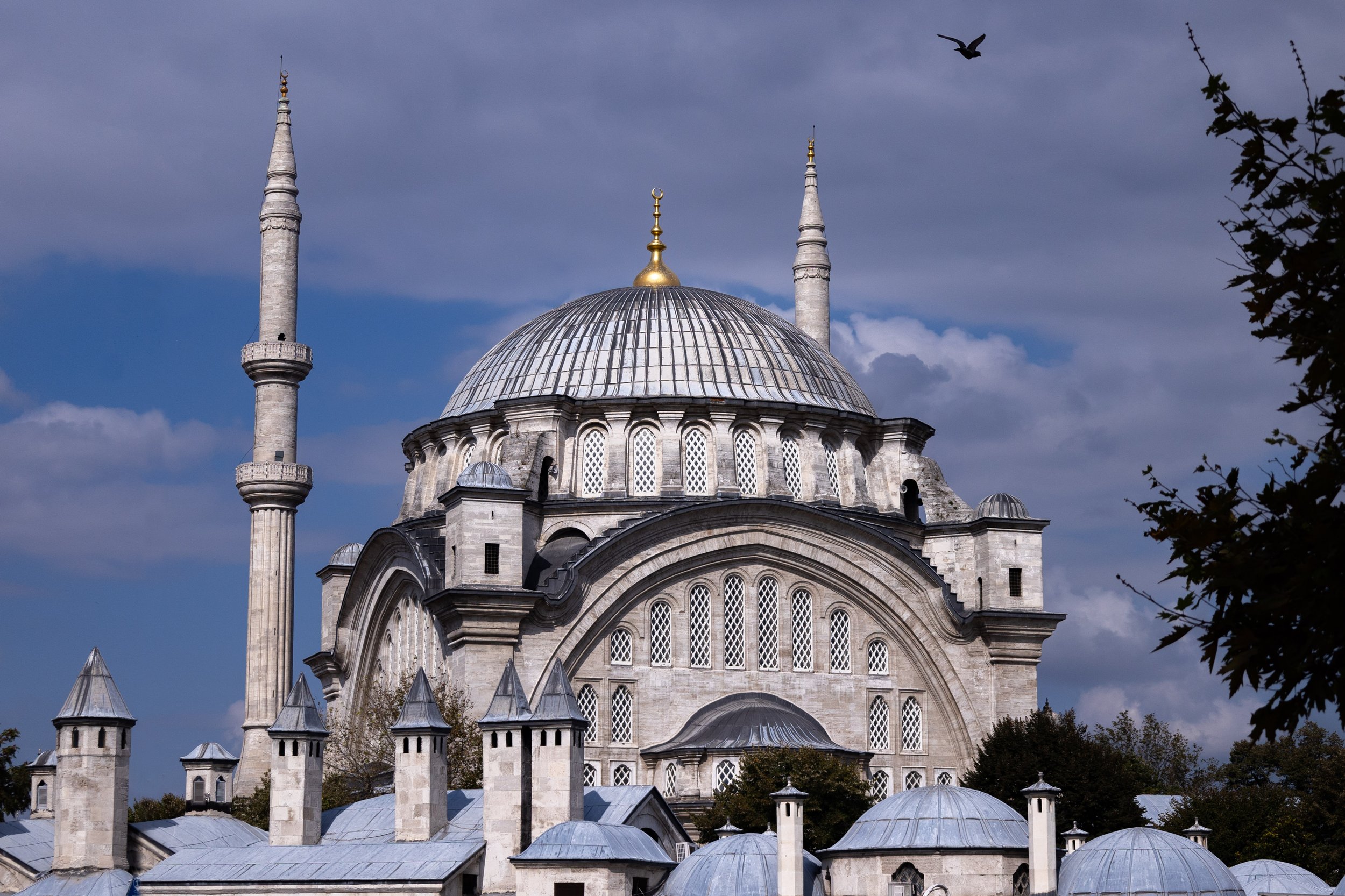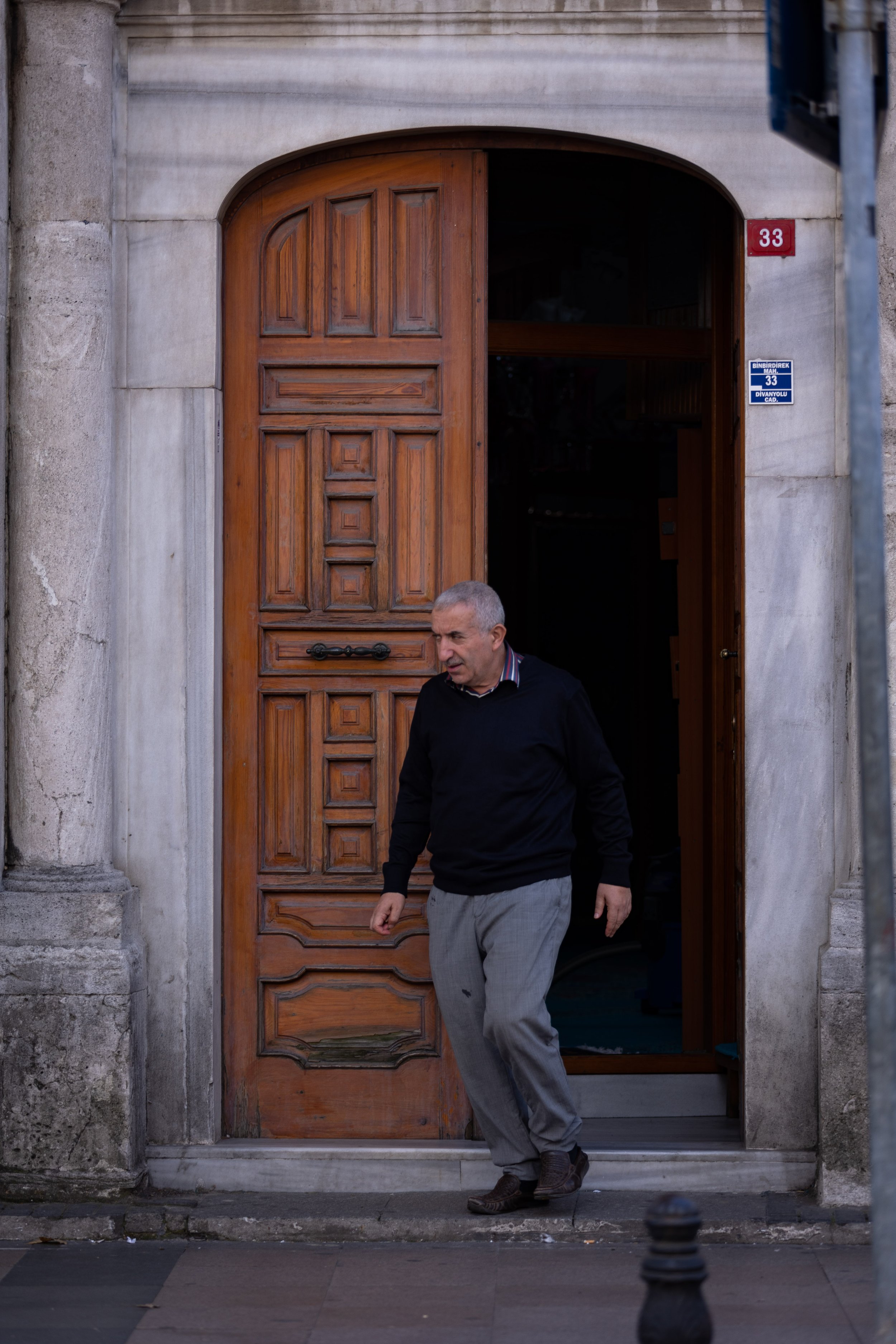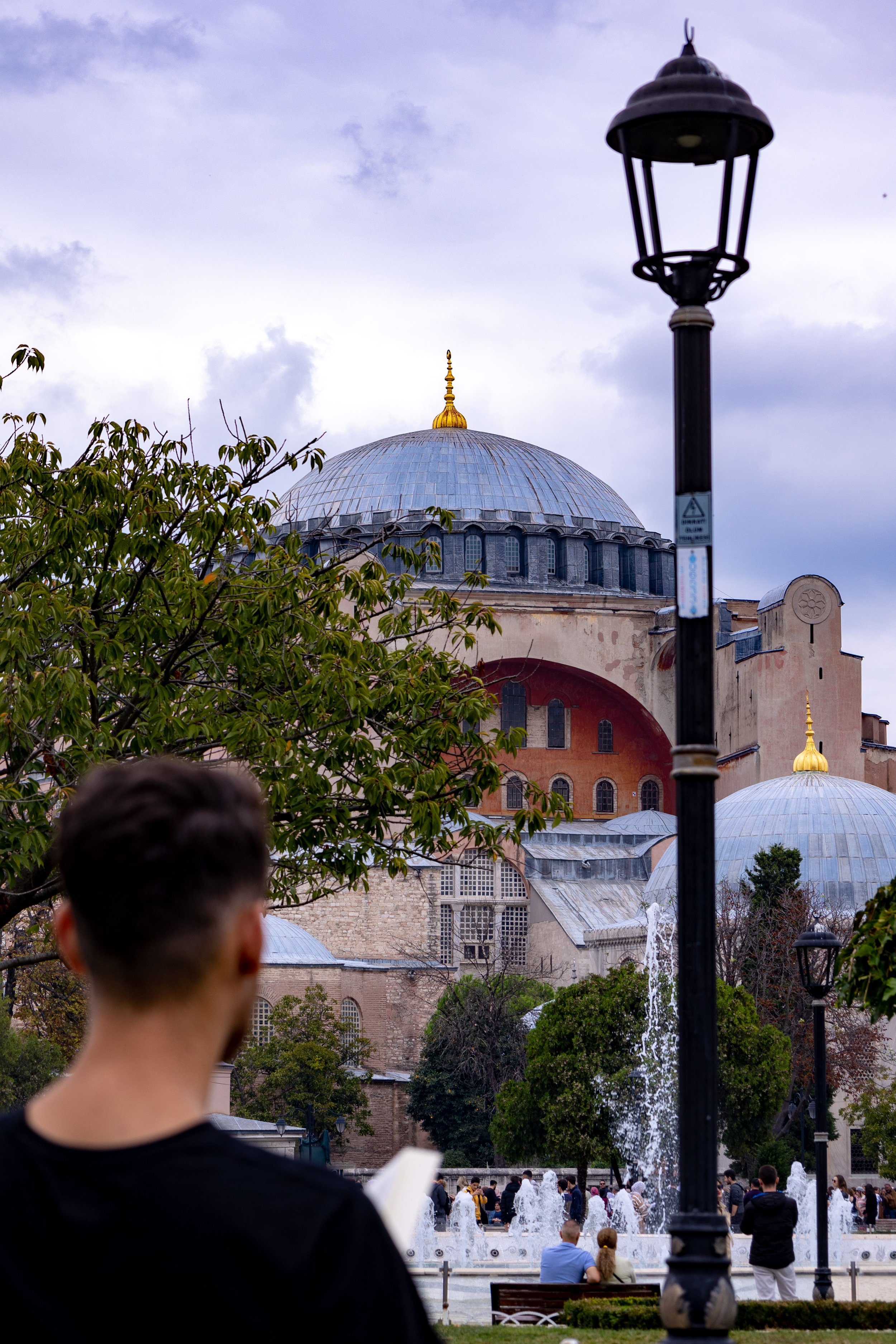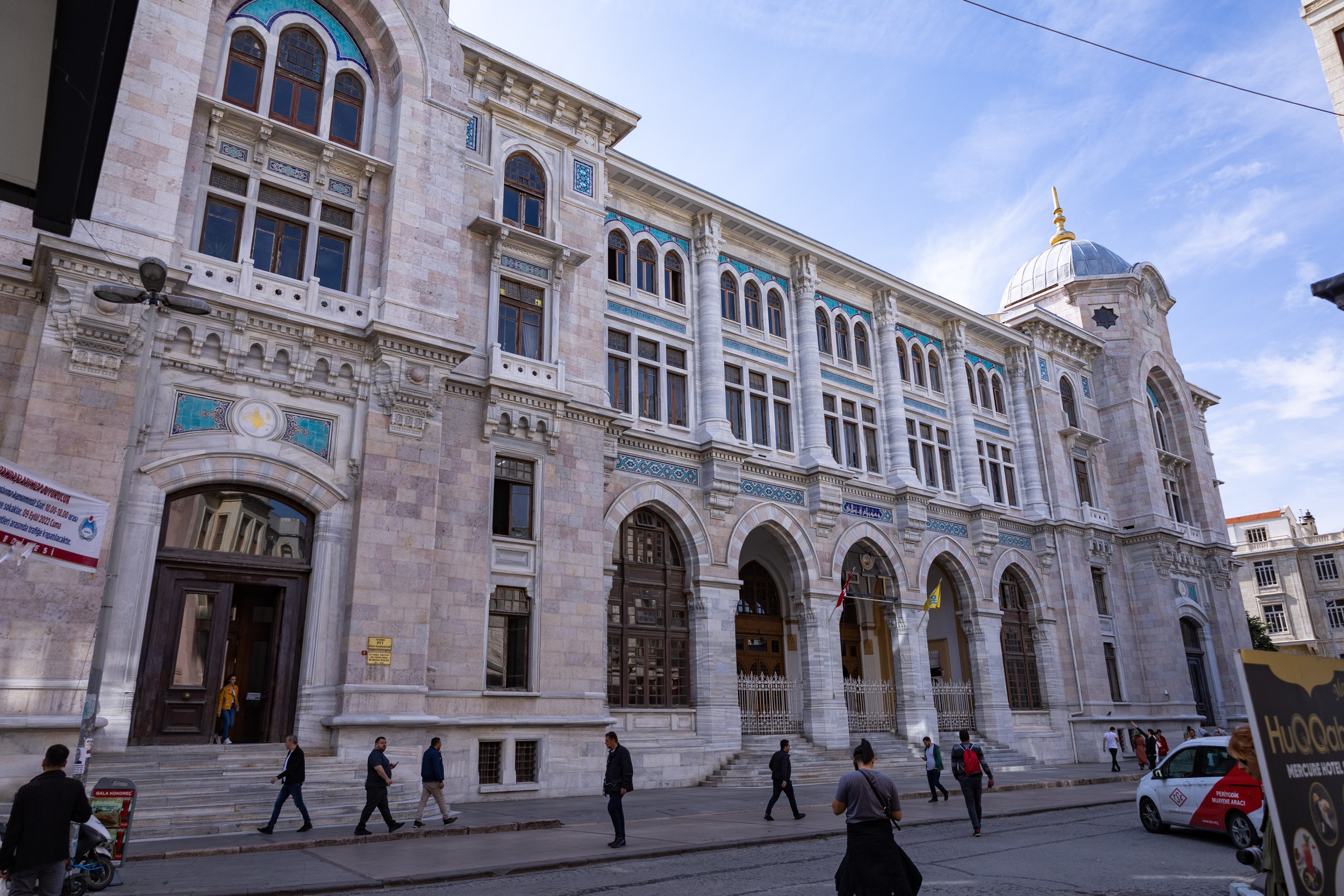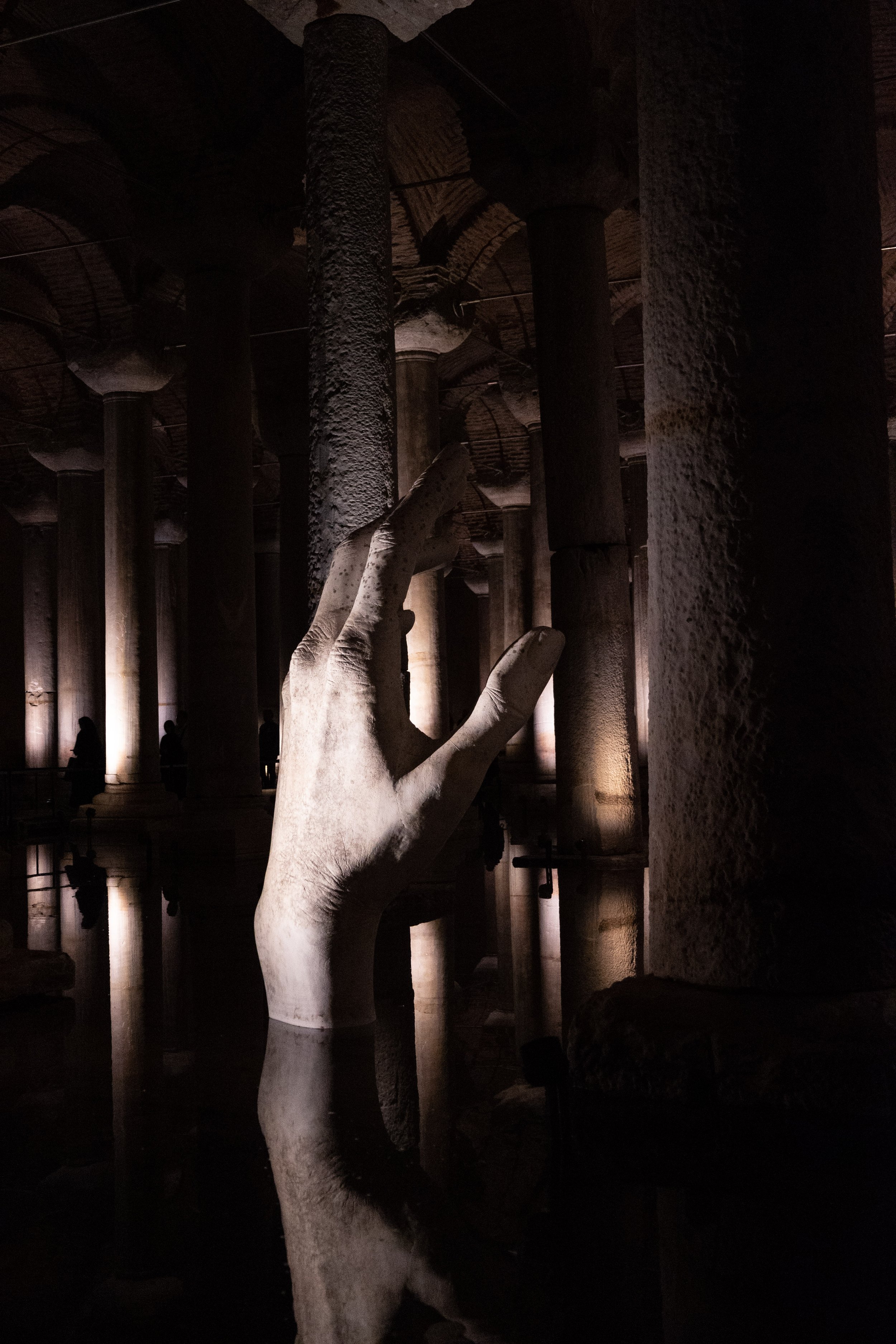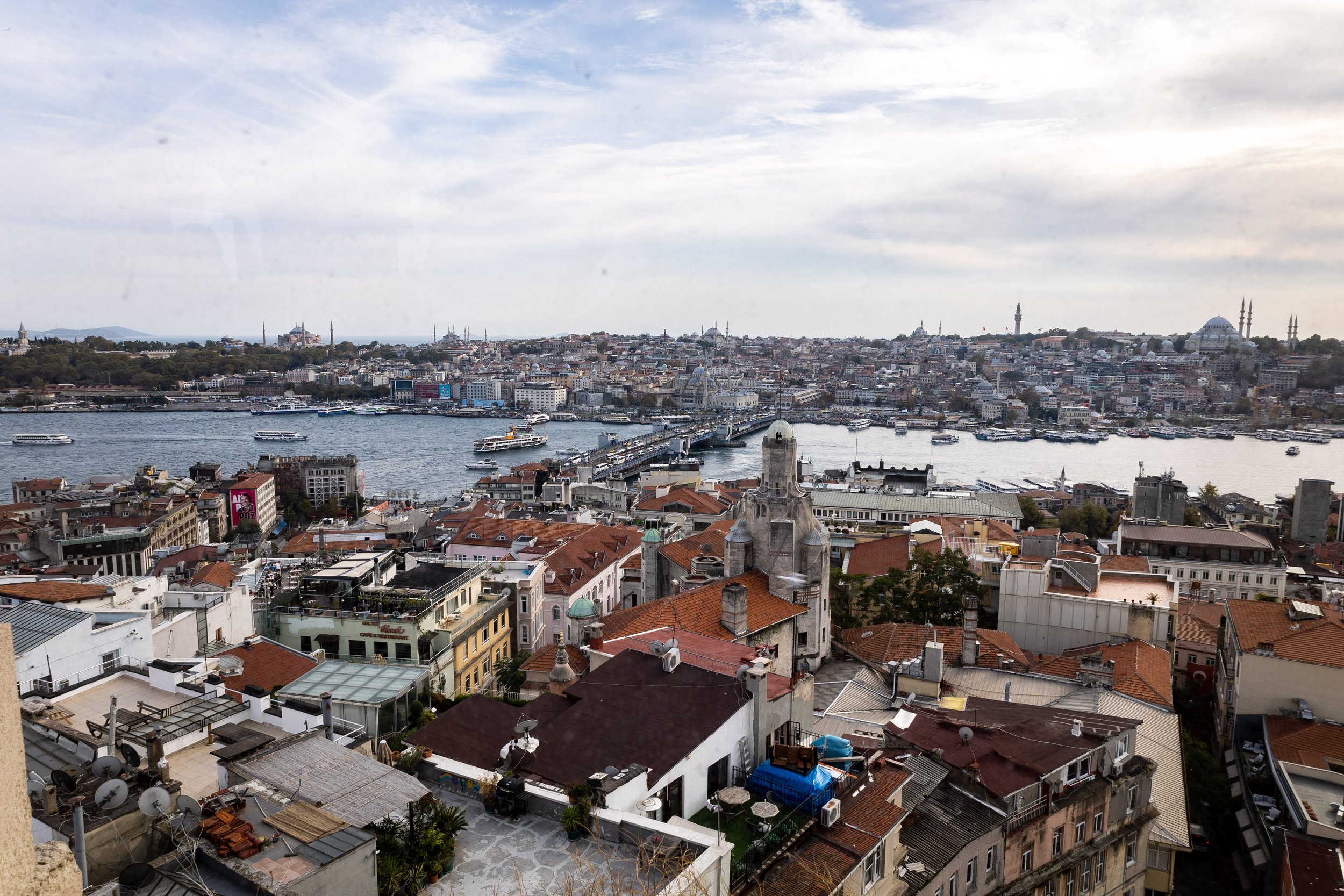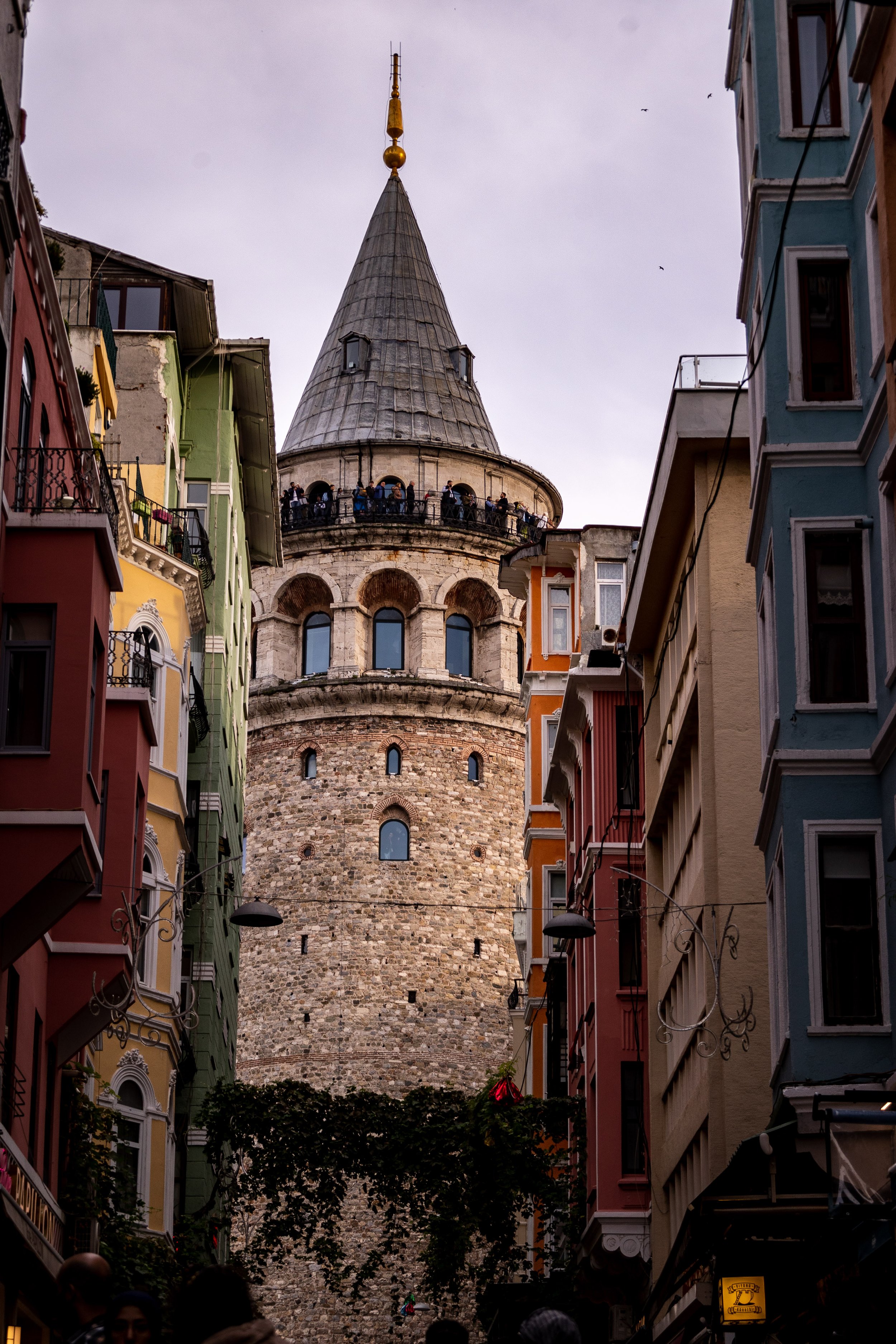My Trek to Turkey: Inside Istanbul
I wanted to do something different and realized that there is no better time than the present to change what I was doing. So I packed my bags and went somewhere less familiar to myself and my generation - Turkey.
No one has asked me why I wanted to go to Greece - it is usually self-explanatory with its hot sun, beautiful beach villas, and world-renowned historical landmarks.
Yet many, including local Turks, have asked why I choose to visit Turkey.
I knew Turkey would be vastly different from what I know with few similarities, the presence of Starbucks and Burger King is one. Having never been outside of North America, I was ready for the diverse change in scenery and culture.
I discovered my love for Turkish tea and coffee, visited my first mosque (Hagia Sophia), ate authentic Turkish Delight, interacted with friendly locals, and documented everything on my camera.
Here’s what I learned throughout my journey in Istanbul:
Istanbul is a shopper’s dream vacation. You can find all your favourite brands at lower prices with vendors eager to have your business. Yet buyers beware that a lot of luxury branded items may be significantly cheaper because they are knock-offs. You will see the famous YSL logo plastered on all kinds of clothes, but in closer detail, it may be missing the S.
While there is a high population of wild cats and dogs, many people and business owners will leave out food and make it a regular task to feed the strays. These animals are generally very friendly and welcome pets, but if they are backing away, it’s best to leave them be.
Istanbul’s most notable mosque is Hagia Sophia, standing in its third iteration. The first construction of Hagia Sophia started during the reign of Constantine I, who accepted Christianity as the official religion of the Roman Empire. Despite some Christian roots, Islam is the dominant religion in Turkey with 99% of the population being Muslim and mostly Sunni. You will hear Islamic prayers amplified throughout cities and towns during the day.
Fillers, botox treatments, and other plastic surgeries are popular reasons for tourists to visit Turkey. Istanbul is home to many top-quality cosmetic surgeons charging a third of the price of what is it to get plastic surgery done in the United States. For example, a rhinoplasty (a nose job) from Royal Estethic in Istanbul costs 2500 euros meanwhile this same procedure can cost upwards of $5000 in the US. If you visit Turkey (perhaps for your own cosmetic procedures if you wish), you will often see tourists with bandages on their noses or heads to indicate their recent alterations.
Being in a new environment heightens your senses and curiousity, yet one incident in particular made me stop in my tracks and think about where I was. Approaching the Governorship of Istanbul, the roars got louder and the police presence grew. I stumbled upon a protest for Iranian women’s rights - the revolution fighting for the basic freedoms of Iranian women and the end to the mandatory headscarf.
While I was unable to translate what they were saying in Turkish, protestors were holding signs with the names and faces of young women like Sarina Esmaeilzadeh and Mahsa Amini who were detained and killed by Iran’s morality police (yet Iranian authorities deny any negligence or responsibility for the death of these women).
Here I realized how far away I was from home and how much closer I was to the problems overseas in Europe, specifically the Middle East. I was distraught, not only about the long history of injustices against women in Iranian but also my ignorance towards it all. While there are many resources and articles online, here are a few to provide an introduction to the subject:
While only in Istanbul for four days, I visited many landmarks while making the effort to observe Turkish people and culture. Being my first city to visit in Europe, it was a great success. The next few days, my sister and I took off to Turkey’s desert, namely Cappadocia.




